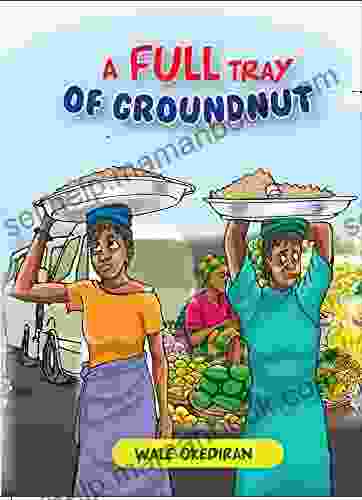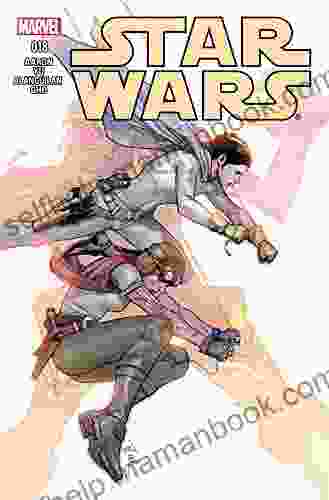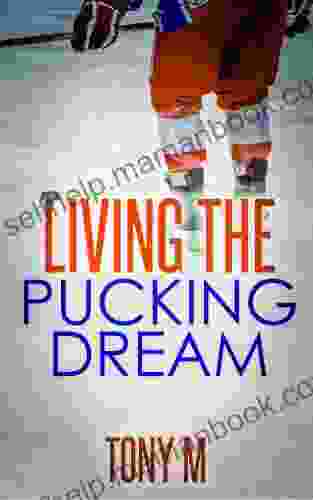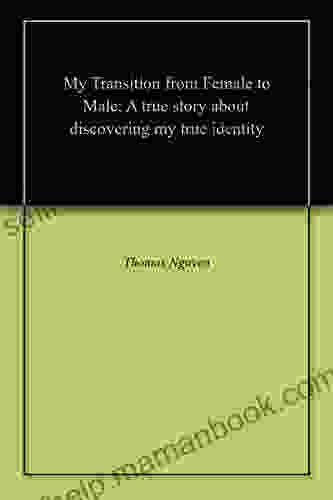Exploring the Nuances of Modern Haiku with William Chen

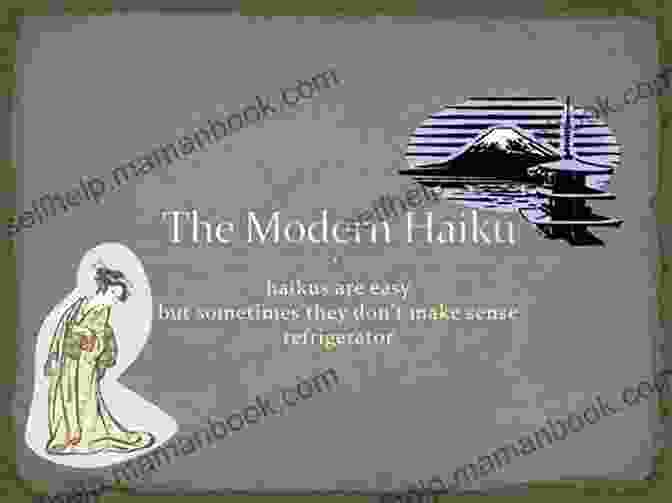
4.4 out of 5
| Language | : | English |
| File size | : | 449 KB |
| Text-to-Speech | : | Enabled |
| Screen Reader | : | Supported |
| Enhanced typesetting | : | Enabled |
| Word Wise | : | Enabled |
| Print length | : | 47 pages |
| Lending | : | Enabled |
In the realm of modern poetry, the haiku has emerged as a distinctive and influential form, captivating readers with its brevity, simplicity, and profound resonance. Among the leading proponents of modern haiku is William Chen, an acclaimed poet whose innovative approach has reshaped the boundaries of the genre. This article delves into the essence of modern haiku through the lens of William Chen's work, exploring its origins, diverse forms, and the transformative power it holds.
The Origins of Haiku
The haiku, a form of Japanese poetry, originated in the 17th century as a three-verse form consisting of 5, 7, and 5 syllables respectively. Traditional haiku often depicted scenes from nature, capturing a fleeting moment or sensation with vivid imagery. Over time, the haiku evolved and was embraced by poets outside of Japan, including William Chen, who has played a pivotal role in shaping its modern manifestations.
William Chen: A Pioneer of Modern Haiku
William Chen, a Chinese-American poet and professor, is widely regarded as one of the most influential figures in modern haiku. His work challenges traditional haiku conventions, pushing the boundaries of the form while retaining its core principles. Chen's modern haiku are characterized by their brevity, imagistic language, and exploration of contemporary themes, often delving into personal experience, social issues, and the complexities of the human condition.
Diverse Forms of Modern Haiku
Under Chen's influence, modern haiku have taken on a variety of forms, each with its unique characteristics:
- Traditional Haiku: Adhering to the classic 5-7-5 syllable structure and themes related to nature.
- Open Haiku: Breaking free from the traditional syllable constraints, allowing for greater flexibility in expression.
- Free Verse Haiku: Dispensing with the syllable count and line breaks, focusing on evocative imagery and concise language.
- Hybrid Haiku: Combining elements of traditional haiku with other poetic forms, creating a fusion of styles.
The Essence of Modern Haiku
Despite the diverse forms it takes, modern haiku retains certain fundamental qualities:
- Brevity: Modern haiku are typically short, consisting of a few carefully chosen words that capture a moment or sensation.
- Imagism: Modern haiku rely heavily on vivid imagery, painting a picture in the reader's mind through concrete, sensory language.
- Juxtaposition: Modern haiku often employ juxtaposition, placing seemingly unrelated images or ideas side by side to create tension and meaning.
- Simplicity: Despite their brevity and complexity, modern haiku strive for simplicity in language and form.
The Transformative Power of Modern Haiku
William Chen's modern haiku possess a transformative power, offering readers fresh perspectives on the world around them. Through their brevity and evocative language, modern haiku can:
- Sharpen Observation: Modern haiku encourage us to pay close attention to our surroundings and appreciate the beauty and complexity in everyday moments.
- Cultivate Mindfulness: By capturing fleeting moments, modern haiku prompt us to live in the present and savor the experiences that shape our lives.
- Foster Empathy: Modern haiku often explore universal human experiences, fostering a sense of connection and compassion.
- Inspire Creativity: The brevity and simplicity of modern haiku can inspire readers to explore their own creativity and express themselves through poetry.
Examples of William Chen's Modern Haiku
To fully appreciate the nuances of modern haiku, let us delve into a few examples from William Chen's vast body of work:
- Traditional Haiku:
Winter's chill embrace Numbing fingers, toes, and nose Nature's frozen kiss
- Open Haiku:
City's constant hum Drowning out the whisperings Of my own heart's beat
- Free Verse Haiku:
Broken fragments of a dream Scattered across the morning sky Lost in the waking
- Hybrid Haiku:
Tanka (31 syllables) The cherry blossoms fall Like gentle whispers of spring A fleeting beauty That paints the world in shades of pink Before they fade away
Modern haiku, as championed by William Chen, is a captivating and transformative form of poetry that challenges conventions while embracing the core principles of the traditional haiku. Through its diverse forms, evocative language, and exploration of contemporary themes, modern haiku offers readers a fresh perspective on the world around them, sharpening their observation, cultivating mindfulness, fostering empathy, and inspiring creativity. As the genre continues to evolve, William Chen remains a guiding force, pushing the boundaries of haiku and inspiring generations of poets to come.
4.4 out of 5
| Language | : | English |
| File size | : | 449 KB |
| Text-to-Speech | : | Enabled |
| Screen Reader | : | Supported |
| Enhanced typesetting | : | Enabled |
| Word Wise | : | Enabled |
| Print length | : | 47 pages |
| Lending | : | Enabled |
Do you want to contribute by writing guest posts on this blog?
Please contact us and send us a resume of previous articles that you have written.
 Top Book
Top Book Novel
Novel Fiction
Fiction Nonfiction
Nonfiction Literature
Literature Paperback
Paperback Hardcover
Hardcover E-book
E-book Audiobook
Audiobook Bestseller
Bestseller Classic
Classic Mystery
Mystery Thriller
Thriller Romance
Romance Fantasy
Fantasy Science Fiction
Science Fiction Biography
Biography Memoir
Memoir Autobiography
Autobiography Poetry
Poetry Drama
Drama Historical Fiction
Historical Fiction Self-help
Self-help Young Adult
Young Adult Childrens Books
Childrens Books Graphic Novel
Graphic Novel Anthology
Anthology Series
Series Encyclopedia
Encyclopedia Reference
Reference Guidebook
Guidebook Textbook
Textbook Workbook
Workbook Journal
Journal Diary
Diary Manuscript
Manuscript Folio
Folio Pulp Fiction
Pulp Fiction Short Stories
Short Stories Fairy Tales
Fairy Tales Fables
Fables Mythology
Mythology Philosophy
Philosophy Religion
Religion Spirituality
Spirituality Essays
Essays Critique
Critique Commentary
Commentary Glossary
Glossary Bibliography
Bibliography Index
Index Table of Contents
Table of Contents Preface
Preface Introduction
Introduction Foreword
Foreword Afterword
Afterword Appendices
Appendices Annotations
Annotations Footnotes
Footnotes Epilogue
Epilogue Prologue
Prologue Marion Kummerow
Marion Kummerow Dinesh D Souza
Dinesh D Souza Samuel Taylor Coleridge
Samuel Taylor Coleridge Dale K Cline
Dale K Cline Linda Talley
Linda Talley Angelique Ruthven
Angelique Ruthven Octave Mirbeau
Octave Mirbeau Samantha Britt
Samantha Britt Jonathan S Burgess
Jonathan S Burgess Michael Stewart
Michael Stewart Amanda Jernigan
Amanda Jernigan Oprah Winfrey
Oprah Winfrey Emily Dickinson
Emily Dickinson Amy Gaines
Amy Gaines Divya Victor
Divya Victor Lana Popovic
Lana Popovic Karen Perkins
Karen Perkins Isabel Thomas
Isabel Thomas Leo Lionni
Leo Lionni Kimberly L Mitchell
Kimberly L Mitchell
Light bulbAdvertise smarter! Our strategic ad space ensures maximum exposure. Reserve your spot today!

 F. Scott FitzgeraldKeep Them Engaged And Entertained: A Comprehensive Guide To Captivating Your...
F. Scott FitzgeraldKeep Them Engaged And Entertained: A Comprehensive Guide To Captivating Your... Cormac McCarthyFollow ·7.8k
Cormac McCarthyFollow ·7.8k Simon MitchellFollow ·17k
Simon MitchellFollow ·17k Hank MitchellFollow ·16.4k
Hank MitchellFollow ·16.4k Henry Wadsworth LongfellowFollow ·12.5k
Henry Wadsworth LongfellowFollow ·12.5k Marcel ProustFollow ·7.9k
Marcel ProustFollow ·7.9k Alex FosterFollow ·5k
Alex FosterFollow ·5k Warren BellFollow ·3k
Warren BellFollow ·3k Braeden HayesFollow ·17.6k
Braeden HayesFollow ·17.6k
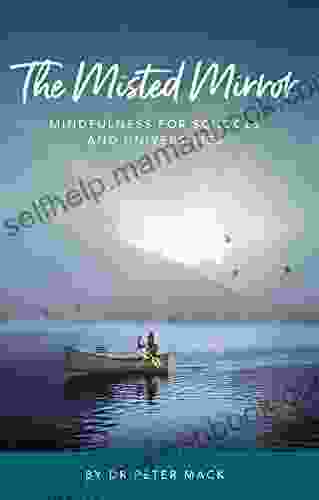
 Boris Pasternak
Boris PasternakThe Misted Mirror: Mindfulness for Schools and...
What is The Misted...
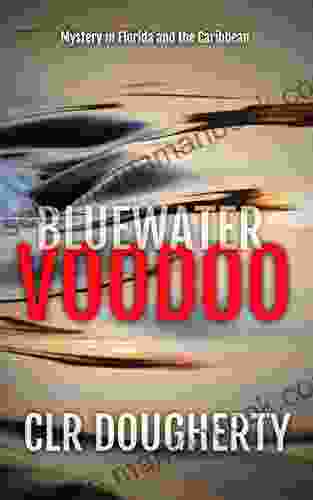
 Holden Bell
Holden BellEmbark on Thrilling Adventures in the Uncharted Depths of...
Unveiling the Enchanting...
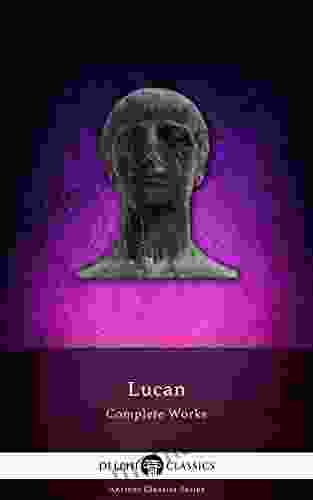
 Seth Hayes
Seth HayesDelphi Complete Works of Lucan: Illustrated Delphi...
This meticulously edited...

 Jackson Hayes
Jackson HayesThe Enigmatic Cat Burglar: Unraveling the Intriguing...
In the annals of crime, the name Bernie...
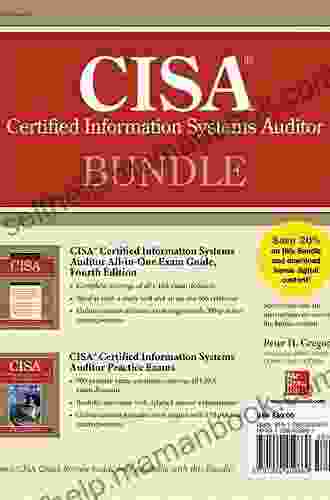
 Quentin Powell
Quentin PowellAligned With The Cisa Review Manual 2024 To Help You...
The CISA Review Manual 2024 is the most...

 Austin Ford
Austin FordUnlocking Revenue Potential: A Comprehensive Business...
In today's digital...
4.4 out of 5
| Language | : | English |
| File size | : | 449 KB |
| Text-to-Speech | : | Enabled |
| Screen Reader | : | Supported |
| Enhanced typesetting | : | Enabled |
| Word Wise | : | Enabled |
| Print length | : | 47 pages |
| Lending | : | Enabled |



